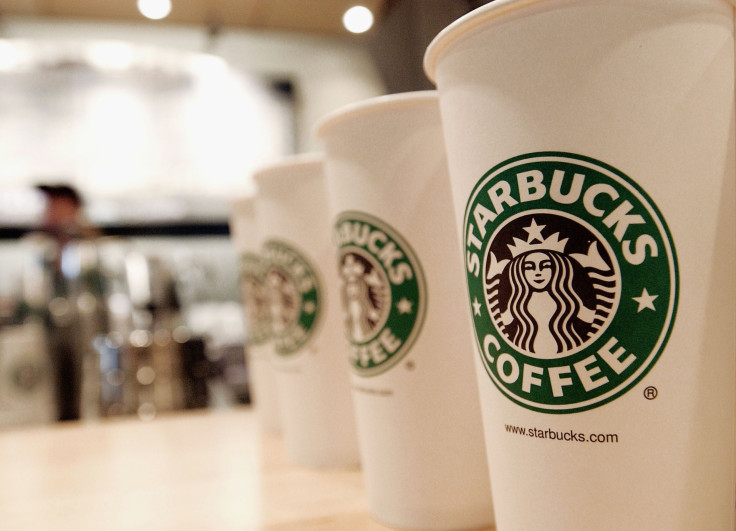One Thing That Starbucks Is Doing Wrong

Starbucks (NASDAQ:SBUX) has struggled with same-store sales growth in the United States. That's part of the reason the chain has decided to close about 150 stores in its home country, and it's why the coffee company's CEO has laid out a plan for growth.
"We must move faster to address the more rapidly changing preferences and needs of our customers," he said. "Over the past year, we have taken several actions to streamline the company, positioning us to increase our innovation agility as an organization and enhance focus on our core value drivers which serve as the foundation to reaccelerate growth and create long-term shareholder value."
This article originally appeared in The Motley Fool.
That sounds nice, and Johnson has solid plans for improving the in-store experience for regular customers. What he has not done is address a major flaw in the Starbucks presentation when it comes to acquiring new customers.
What's Wrong With Starbucks?
I'm a solid believer in the long-term potential of Starbucks, and a near-daily customer (sometimes more than once a day). The chain should grow as it expands its Reserve and Roastery brands globally, and its expansion in China is very impressive.
Where the chain underwhelms, however, is in welcoming customers unfamiliar with its offerings. Starbucks has a large, daunting menu that can be confusing, and the chain uses its own language when it comes to sizing and customizing your beverage. In some cases, such as the recent launch of the chain's blonde espresso roast, it has taken its menu boards down entirely.
This setup can make visiting the chain unpleasant for new customers. If you don't know the difference between a latte and a macchiato or a Frappuccino and cold foam cold brew, ordering can be confusing even when the menu boards are up. For a new customer -- someone who generally gets their coffee from a convenience store or a diner -- the Starbucks offering is overwhelming. In many ways, it's like walking into a Thai or Vietnamese restaurant that names dishes but does not explain what's in them.
It's not a welcoming setup, and it often leads to customers being corrected at the register when they order a "medium regular coffee." In some cases, the lack of a full menu can even be off-putting to regular customers -- the chain does not list its full roster of hot tea flavors on its normal menu boards, and doesn't advertise many other available items.
What Can Starbucks Do?
The chain clearly wants customers to use its app, and it displays its full menu there. That's great for existing digital-savvy customers, but it's not as ideal for someone who has just walked into one of the chain's cafes simply looking for a cup of coffee.
As someone who works from a Starbucks most days, I've often seen customers (generally older ones, given that I live in southern Florida) unsure of how to order. In some cases, store personnel pick up on this and kindly take them through a series of questions so they can pick a drink they will enjoy. At more crowded times, however, these new customers end up guessing, or just asking for coffee when something more complicated would actually be their preference.
Starbucks could easily address this with signage and pamphlets explaining its menu (which it has offered in the past). In addition, the chain could train its employees on how to make new customers feel welcome, while helping them understand what has become an enormous array of choices.
Why Does This Matter?
Adding customers is one of the easiest ways to increase same-store sales. Every time a new person walks into a Starbucks, the chain has the opportunity to create a loyal customer. That requires making people unfamiliar with the brand feel like they are part of the club.
This isn't hard, but it's an area that the coffee chain has mostly ignored. Creating new loyalists might be as simple as matching someone with a new drink that becomes a favorite, or it could be showing a customer how to order a simple cup of coffee that doesn't cost $5 or more.
Daniel B. Kline has no position in any of the stocks mentioned. The Motley Fool owns shares of and recommends Starbucks. The Motley Fool has a disclosure policy.




















